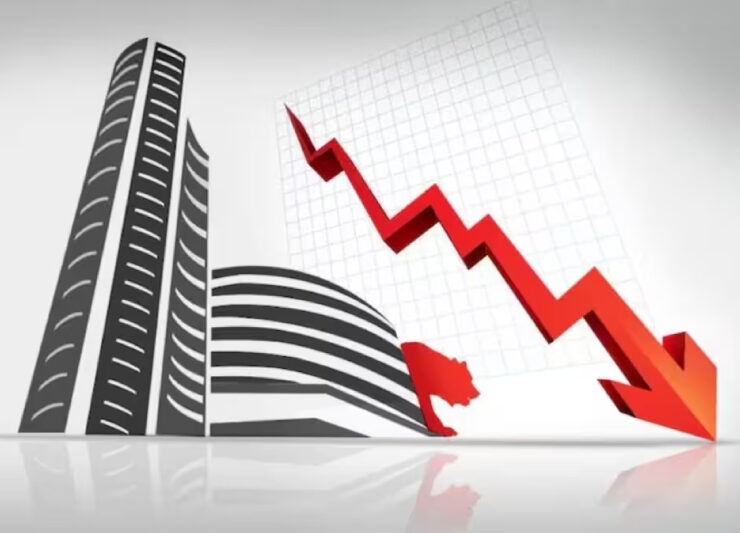What is the “Buying the Dip” strategy and should you follow it?

In the ever-changing landscape of financial stock markets, seasoned investors have a phrase that they keep repeating: “buy the dip.” But what does that mean? The term “dip” refers to a short-term decline in the price of a stock, maybe due to random fluctuations in a company’s assets. It’s often viewed as an opportunity for traders to buy stocks at a lower price before they resume their movement toward an upward trajectory.
This approach is based on the evidence that market fluctuations and short-term downfalls are often followed by price recoveries and long-term profits.
“Buy the Dip” is a strategy where investors purchase a company’s stocks when they are at a temporary declining stage so that they can make good profits when the price increases again.
The “buying the dip” strategy in the stock market is based on the assumption that the price of the purchased stock will eventually rebound. Nonetheless, investors should exercise caution to avoid catching a “falling knife” when attempting to execute this strategy.
Things to consider before blindly “buying the dip:
The concept of buying the dip has several advantages. If you wanted to invest in specific companies but found them overpriced, a dip emerges as a discount for you. However, implementing a knowledgeable and structured approach is crucial. Here are some strategies:
- Only allocate a portion of your investable assets—for example, 5% of the total decided amount—to purchase a stock during a downfall. This strategy minimizes the risk of missing out while waiting on the sidelines.
- Keep a watchlist of well-researched stocks or funds with predefined purchase prices or desired percentage drops. Keep a keen eye on them over time.
- Set your holding and exit strategies. Decide whether you plan to hold the stocks indefinitely or sell them after reaching a certain profit. Implement a stop-loss order to automatically sell if losses reach a specific threshold.
- Stay consistent while monitoring company developments, competitive landscape changes, and fluctuations in the market that might affect your original investment portfolio.
- Combine buying the dip with other strategies in the market. For example, you can buy stocks during a pullback when the price reaches its optimal value.
- Implement dollar-cost averaging, which involves purchasing smaller increments of stock at consistent intervals. This particular method can enhance buying dips and assist investors in mitigating both upward and downward market risks. It allows for the purchase of both minor and major dips in the market over time.
What are the pros and cons of “buying the dip”?
Let’s find out.
Pros-
- Discounted Stocks: Company decline results in lower prices of stocks, purchasing them could potentially lead to higher returns when the market recovers.
- Risk Mitigation: Entering the market during dips reduces the possibility of potential losses.
- Short-Term Gains: Benefit from short-term price fluctuations and an opportunity to capitalize on immediate price recoveries.
- Enhanced Portfolio Value: Due to the lower average cost of assets, the overall value of your investment portfolio gets enhanced.
- Potential Dividends: Certain assets provide dividends, which contribute to higher returns when acquired at discounted prices.
Cons-
- Timing Challenges: Accurately timing market declines can be difficult, leading to missed opportunities or premature purchases.
- Fake Dips: Not all price drops indicate a true buying-on opportunity; some might lead to larger market declines.
- Overtrading Risk: Frequent buying of stocks during dips can lead to overtrading, which incurs higher transaction costs overall.
- Loss Acceptance: With some companies, assets bought during dips might continue to decline, leading to huge losses.
Conclusion:
In conclusion, the “Buying the Dip” strategy presents a compelling opportunity for investors to capitalize on temporary market downturns and potentially generate significant returns. However, mastering this strategy requires a disciplined and knowledgeable approach.
You may always consult or seek advice from experts to get a thorough understanding of market dynamics and individual investment opportunities. By carefully evaluating risks, one can mitigate them easily and unlock opportunities for long-term wealth creation in the stock market.








